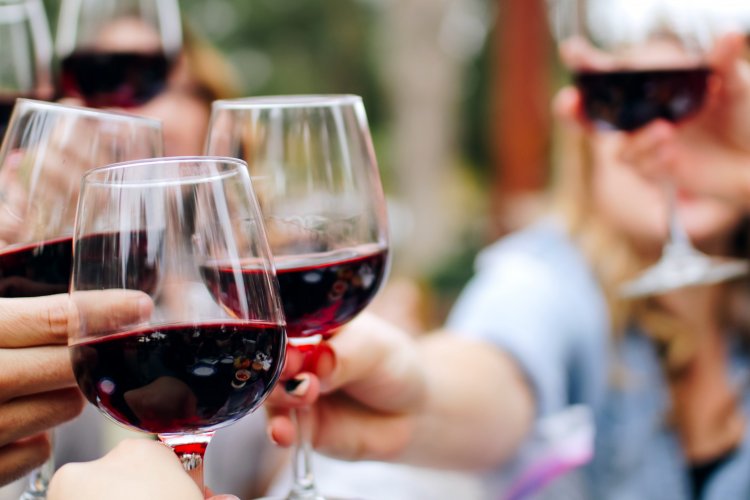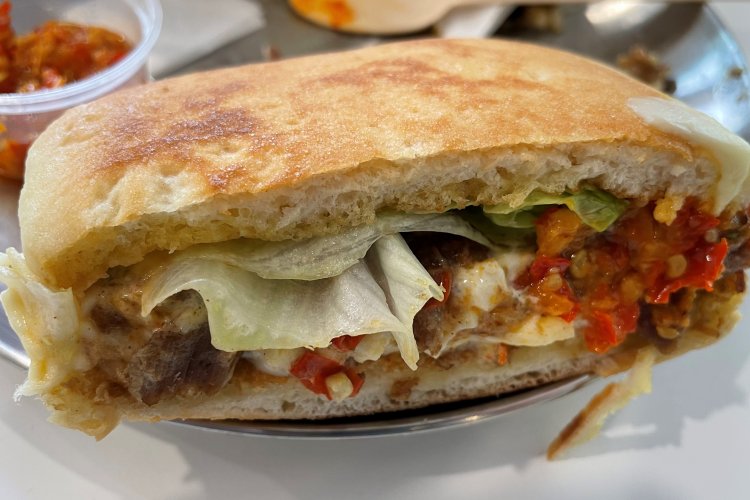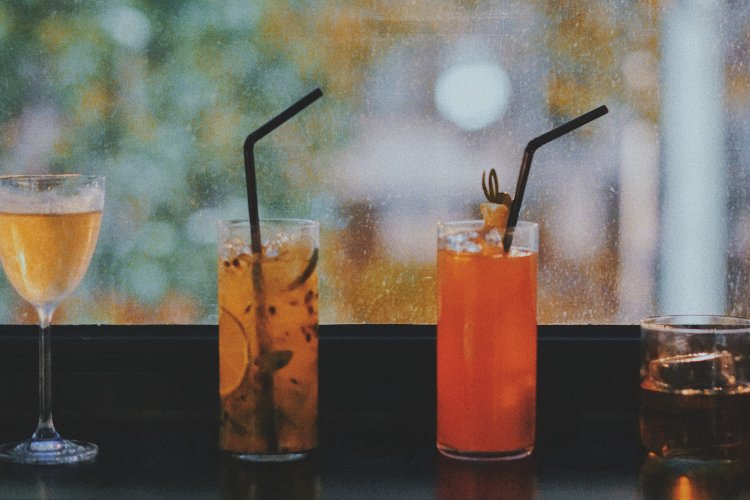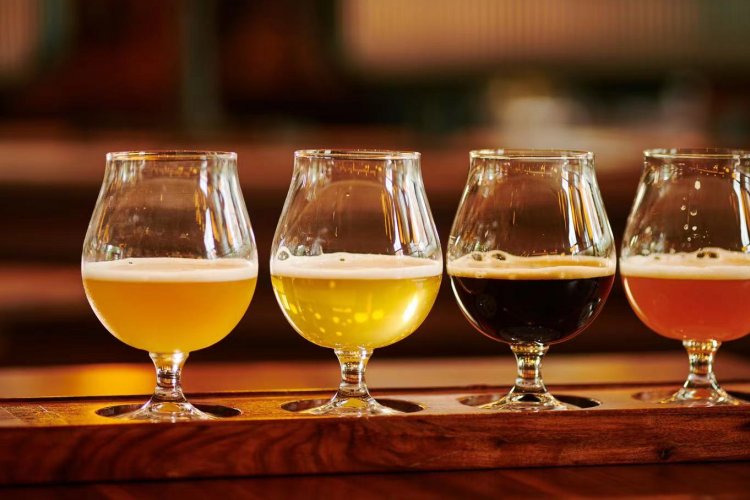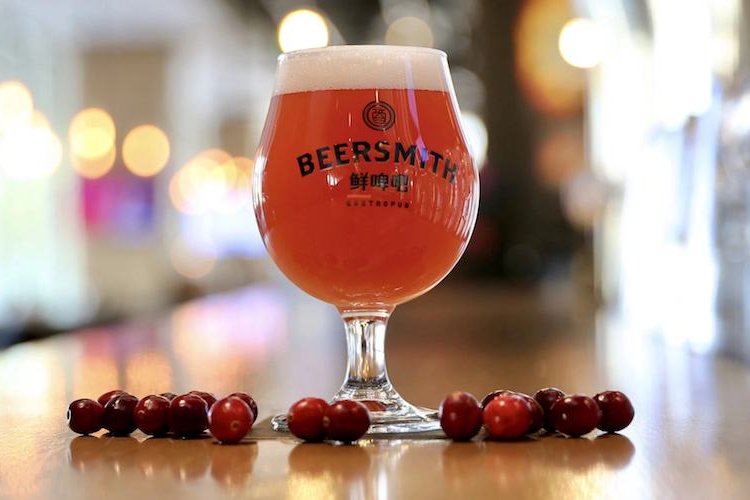Baiju and Huangjiu and Mijiu, Oh My!
In China, alcohol is more than just a drink. It is the most popular gift, an important element in a reunion meal for friends or family, and a symbolic part in many ceremonies, be they to celebrate a new apprenticeship, marriage, or an oath of loyalty. Some of the finest poems, literature and calligraphy were created while under the influence, and there are even dances and martial arts intended to be performed in this heightened state. The Chinese word for ‘drunk’ means totally immersed, intoxicated and enamored in the atmosphere, and if you’re looking to immerse yourself, Beijing has lots of options for you.
Spirit – Baijiu (白酒)
This clear spirit (hence the name) is made from grains like sorghum, barley and wheat, and is a quintessential part of local culture. It’s also one of the stiffest drinks in the world – alcohol content ranges from 35% (or 70 proof in the US) to 53% (106 proof ). The strong, almost overwhelming taste burns the palate. Baijiu lovers will tell you that it has a variety of aromas, and that the flavor can range from light to heavy, and even to a sweeter rice fragrance. The price range for Baijiu is cheap, cents per bottle, to astronomically expensive. One of the most expensive ones can set you back as much as USD 3,500 per bottle.
Yellow Wine – Huangjiu 黄酒
Yellow wine is one of the oldest alcoholic drinks in the world. It’s brewed directly from grains such as rice, millet, or wheat, and its unique combination of ingredients actually contains a dozen of the amino acids required by human body. Its taste is mellow and sweet, and people say that ‘if beer is liquid bread, then yellow wine is liquid cake’. Yellow wine is not distilled like Baijiu, and its much less potent. The color of yellow wine can be clear, beige, yellowish-brown, or even reddish-brown. Yellow wine is also an important ingredient in some dishes like drunken crab/shrimp/chicken. Shaoxing in Zhejiang Province is the home of this kind of wine and remains its best producer to today.
Rice Wine - Mijiu 米酒
Also known as sweet wine and glutinous rice wine, rice wine is different from other kind of wine is because it is consumed with glutinous rice in it, meaning that people need to use a wide-mouthed bowl and a spoon when drinking it. With more than ten kinds of amino acids in it, rice wine is very healthy for all kinds of people, especially for the elderly and new moms. In some cases, it is consumed with brown sugar or an egg, and it is said to promote appetite, help digestion and circulation, and to control one’s temperature throughout the year. It is also knows as jiangmi jiu, nuomi jiu, liaozao (醪糟).
Milk Wine - Rujiu 乳酒
Dairy products are healthy enough as it is, but milk based alcohols kick these household staples up another notch. In southern France and the Russian Caucasus, people make milk wine with cow milk, and the Chinese version, found in Inner Mongolia uses horse milk. Using horse’s milk eliminates the need for distillation, and produces a clearer, more potent wine. Not only that, it also produced a beverage that is full of proteins, amino acids, and calcium.
Choujiu 稠酒
Choujiu is another form of glutinous rice wine, but is imbibed without rice in it. Its color is said to resemble white jade, and its flavor is very sweet and mellow. It was the most popular wine in the Tang Dynasty, and remains extremely popular in Xi’an today. Stories tell that concubine Yang, the favorite concubine of Emperor Tang Xuanzong, once performed the most beautiful and elegant dance in the history while drunk on choujiu, an evening that has been immortalized in Chinese opera.
Highland Barley Wine
Highland barley wine is made from the most important grain growing on the Qinghai-Tibet Plateau. One of the most nutritious grains in the world, this barley is high in fiber and micro-elements, and the alcohol it produces is very light and pure in taste. It is an essential drink on special occasions and festivals in the region.
Fruit Wine
Fruit wine has always been very popular in China, and well-made fruit wine is usually compatible with the mild sweet fruit taste and distilled strong spirits, so people say it’s very easy to become addicted to. It’s like western wine in that it is made of grapes, but less astringent and sweeter. Most families make this kind of wine at home and drink it themselves, but occasionally you can find some in local markets.
Medicinal Wine - Yaojiu 药酒
Medicinal wine is Chinese answer to drinking a glass of red wine a day. The traditional character for the word “medicine” is very similar to the one for “wine” and the two share many characteristics according to Chinese medicine. There are many ancient records indicating that doctors used to get their patients drunk before surgery in the west, but in China, medicinal wines, spirits stewed with a variety of medicinal herbs, are said to have cured numerous dieseases.
Related stories :
Comments
New comments are displayed first.Comments
![]() Aier2
Submitted by Guest on Tue, 11/02/2010 - 13:29 Permalink
Aier2
Submitted by Guest on Tue, 11/02/2010 - 13:29 Permalink
Re: Baiju and Huangjiu and Mijiu, Oh My!
Hang on...so people actually put rice into mijiu?
As in they put rice the food into a bowl with rice the wine?
Never seen that, interesting.
It's great on it's own though, no bowls or spoons required.
I wish the Chinese had adopted this as their national drink rather than the often vile Baijiu.
![]() Fal_ER
Submitted by Guest on Sun, 10/31/2010 - 18:09 Permalink
Fal_ER
Submitted by Guest on Sun, 10/31/2010 - 18:09 Permalink
Re: Baiju and Huangjiu and Mijiu, Oh My!
For Baijiu, there are some wuliangye with 72% of alcohol content.
Validate your mobile phone number to post comments.

